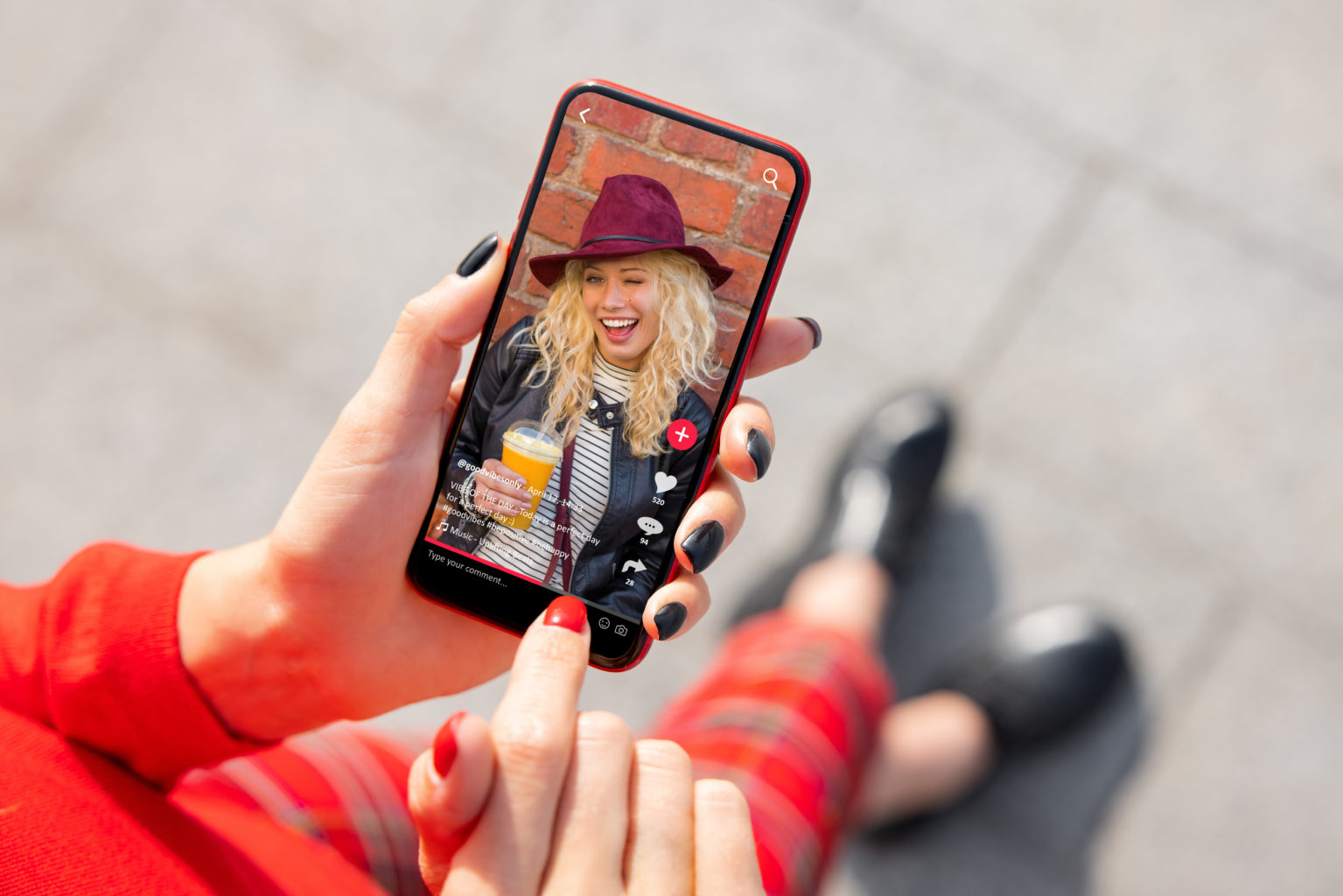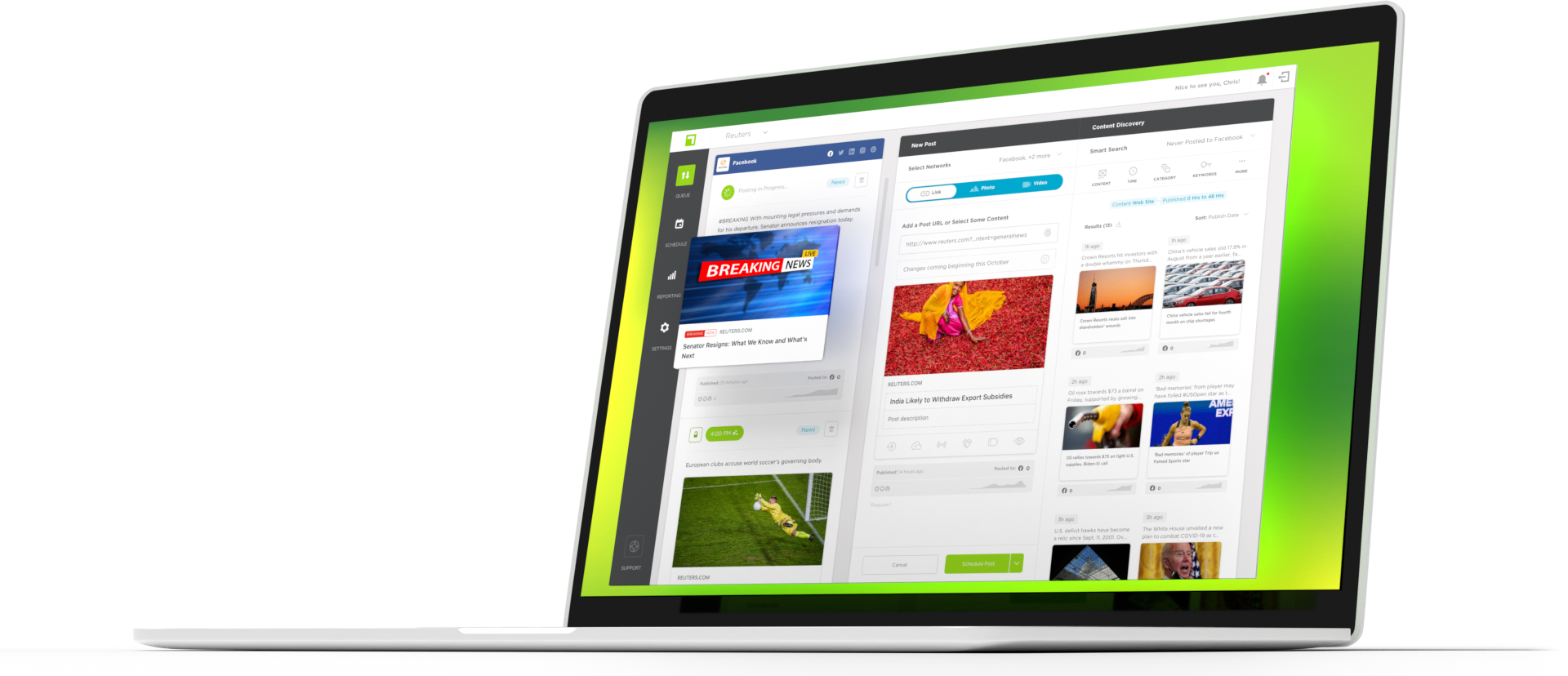Reels are taking over the social media world, especially on platforms like Facebook and Instagram. Once home to various photo shares and personal stories, these two powerhouse platforms are now pushing more Reels than ever. Users spend 50% of their social media time watching videos, and with the average user on about 30 minutes a day, that’s a lot of videos!
We’ve discussed the importance of Instagram reels for publishers before and how cross-promotion with Facebook was one of the coolest features. However, just because Facebook and Instagram both have reels doesn’t make them the same. There are more Facebook and Instagram Reel differences than you might think, and learning about the strengths and limitations of each can help you get the most out of your video content.
Facebook and Instagram Reel Differences
There are very few differences between Facebook and Instagram Reels regarding appearance. Both are full-screen, short content videos that max out at 90 seconds long. The effects and filters may differ, but they can produce quality Reels.
There are, however, a few differences and unique features in each app that will significantly affect your content’s performance. Let’s look at the minor and major Facebook and Instagram Reel differences that can help you create the best content.
Minor Differences
- Identifying Features: You can identify where Reels originated from on Facebook by the Instagram watermark at the bottom of the screen. This will let you know if someone shared directly from Instagram or if the reel was created within the Facebook platform.
- Separate Like Counts: While you may be able to post a video from Instagram to Facebook, the sharing stops there. Each platform has its own ‘like count.’ You have to look at Facebook and Instagram separately to measure how many likes a video has overall. There is no combined count just because you cross-promote, as cool as that would be.
Major Differences in Reels
- Choosing Your Audience: When posting Reels on Facebook, you have the option to customize who sees your content. This fantastic feature allows you to hone in on your audience by choosing one of the following: the public, family & friends, or even specific groups and communities. (Note: You miss this opportunity when you share a Reel from Instagram to Facebook)
- Commenting Issues: When you post or share an Instagram Reel to your Facebook Page from the Instagram platform, Facebook users will not be able to comment on your content. When clicking, the link will redirect a user to log into the Instagram app if they want to comment. This could cause you to lose engagement from users who don’t have Instagram or aren’t signed in on that device.
- Reach by Feed: Instagram Reels on your feed are from users you follow or people who follow you. On the other hand, Facebook Reels can show up on anyone’s feed, which can help expand your reach and access to new or expanded audiences.
Which Platform to Use for Reels?
Honestly, if you’re using either Instagram or Facebook to post your Reels already, you might as well be using both. Knowing the differences between the platforms will help you curate the best video content for more organic growth and engagement.
It might be a pain to post separately on each platform, we get it. But the engagement benefits you can access from doing so are significant. You can reuse content on Instagram and Facebook (as long as your video is correctly formatted) to capitalize on the benefits of each.
Whatever Reel strategy you use for your business, don’t give up! Reels aren’t going away anytime soon. The more you explore and learn, the better you’ll get.
Contact us to schedule a demo and learn more!

